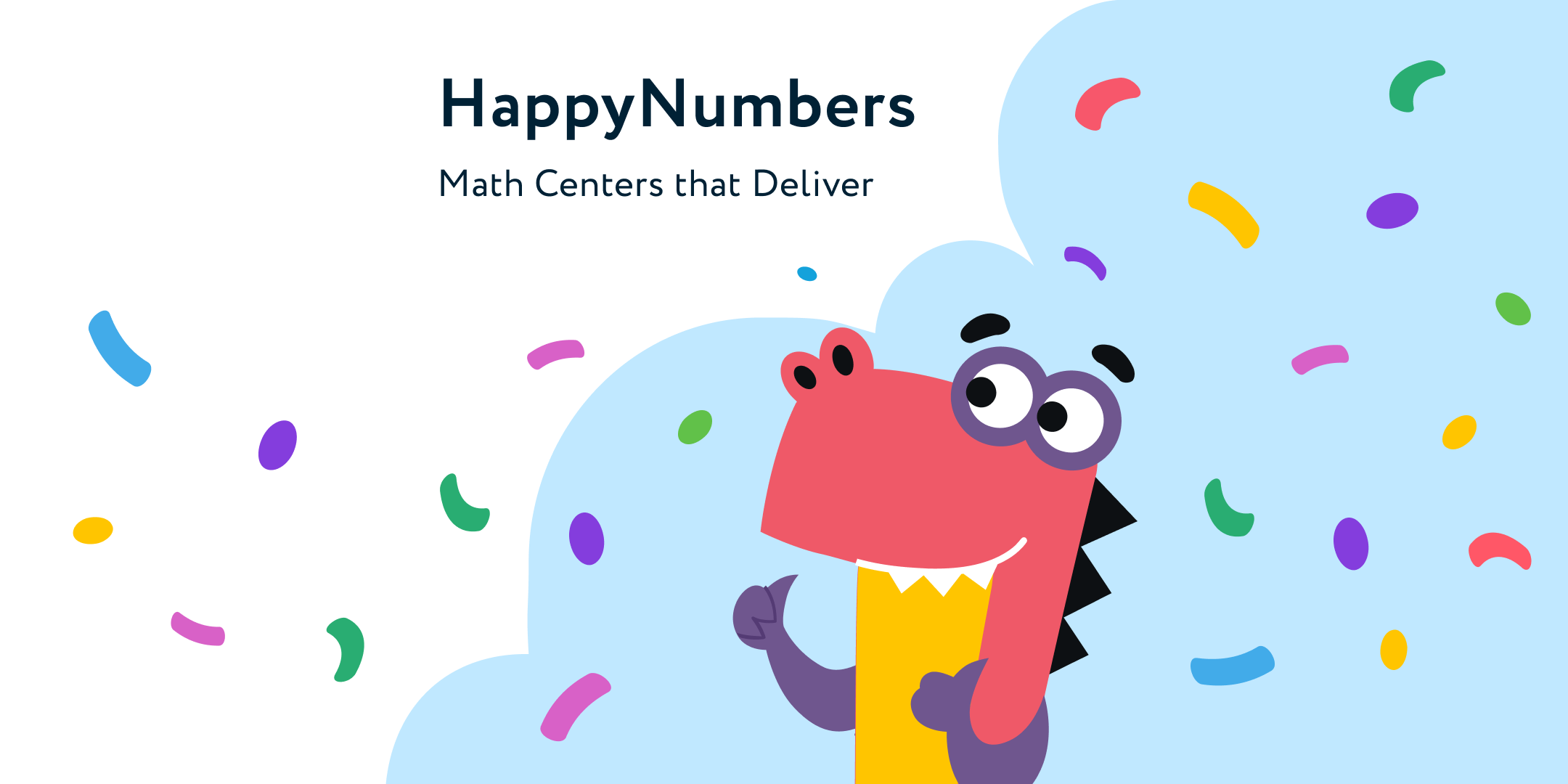The child is ready when he/she is! You may have heard this several times, when it comes to educating a child with special needs. Well, do we know when they are ready? Are we doing anything to make them ready, like we do in all other arenas of their life? Does repetition alone mean quality instruction that has been well tried? These are some questions that come to the mind of a well intentioned parent/caregiver when they are dealing with a child having diverse needs. If you are one of them then read on!
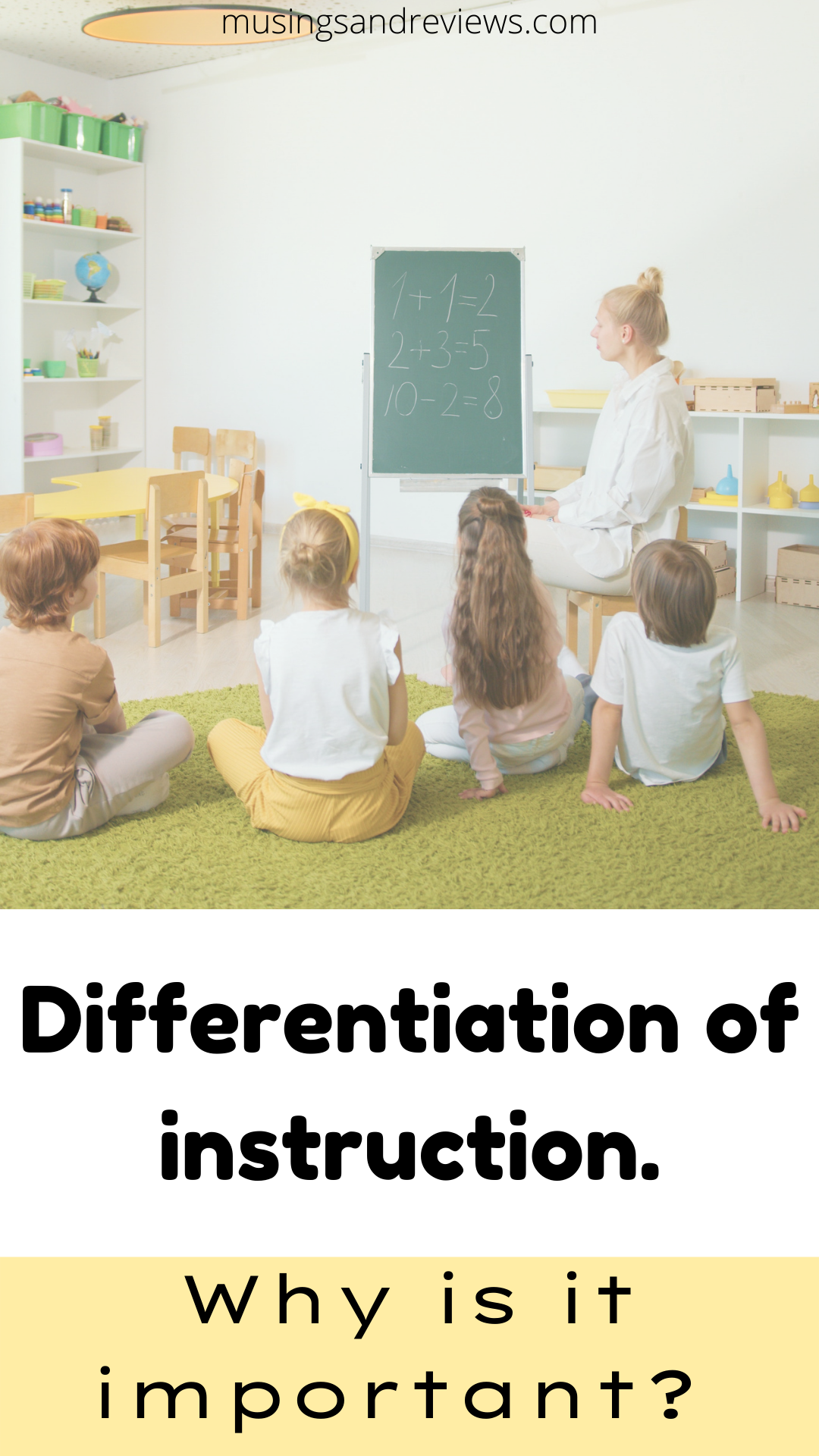 In this post, I take you through some strategies that one can try, thus delivering instruction specifically to the child versus having him fit in the system.
In this post, I take you through some strategies that one can try, thus delivering instruction specifically to the child versus having him fit in the system.
What is differentiation of instruction?
When you modify the instruction, blend lesson concepts, wait out on some lessons until foundational concepts are take care of, make custom lesson plans, adjust to the learning needs of the child – you are delivering differentiated instruction.
Let’s take an example:-
A child has ASD, speech and language delays, so you teach vocabulary and practice concepts on a text appropriate to the child and not age appropriate books. Common sense! Nope..as kids get older, we miss the point and have them skip work to level up with peers. This happens gradually, as we loose patience and fail to consider that the child’s interests, preferences, strengths, and problems and learning styles must influence how they are taught. You may want to read my post on scaffolding here, hence.
It is a bit easy to catch this habit in ELA instruction, as you know how verbal the child is and hence the concepts more or less dictate around that. However, gauging this in math lessons and delivering differentiated instruction can be a gamechanger, if done right.
Differentiation could be attempted in the delivery mode of instruction(1:1, small group), resources(curriculum, content used) or change the length or scope of the project, or give yourself more time to finish it(tasks are modified). When the scope of a work is changed, any/all of the above differentiation may be included, but only with the goal of scaffolding a child’s learning so that they are eventually able to fulfill grade-level content requirements.
How to differentiate Math Instruction?
Let’s talk about how to do this in math at three levels-
Process:-If you have a child with learning disability, you may need to separate his or her learning process(1:1 or small group). They can use a tool instead of writing their work or use adaptive material, math manipulatives and further adjust teaching to their learning style(with visual/auditory supports etc.).
Content: If you have a child who works below grade level, you will most likely need to diversify content for him or her on a frequent basis by having a book at their instructional level and teaching foundational concepts to mastery using that text.
Product: If you have a kid where an IEP specifies shorter tests, you’ll need to differentiate the product by reducing the length of the evaluations you offer.
Assess mastery in customized tests.
Finding a differentiated math instruction?
It took me a while to research and zero in on a learning model that would serve our needs. My son is a visual and auditory learner, has limited speech and thrives in 1:1 setup. Putting all these together I needed to find something that was self paced and not overwhelming in terms of language. Being a gestalt language learner, it was important that we see a program that breaks up concepts well and allows for repetition until mastery. I was super excited to find HappyNumbers that satisfied most of these requirements like a charm.
It has an aptitude test that places you as per a child’s level. The exam results are used to measure a student’s preparedness for grade-level abilities and concepts in mathematics. It also aids in determining where the learner should begin the HappyNumbers curriculum. Then the program starts holistically with the idea of plugging any gaps irrespective of the child’s grade level. Let me run you through an example with the images below. It takes you through addition by breaking down tasks into many subtasks, explaining the signs and how they were conjured up giving both spoken and visual directions to tasks.
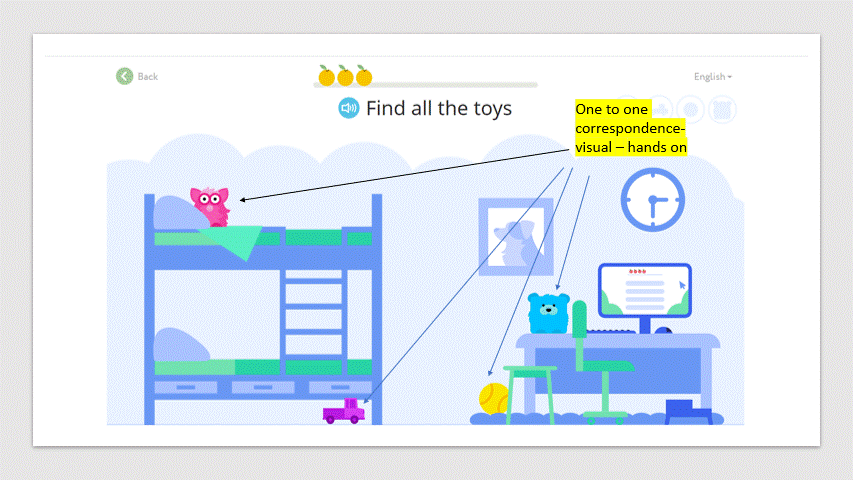
This pattern continues for each concept. No high music, no songs no distractions or playing a game in between. Just bite sized lessons and within minutes you can choose to be done. So keep in mind who you have as a learner and decide its fit. Here is another example that teaches number bonds.
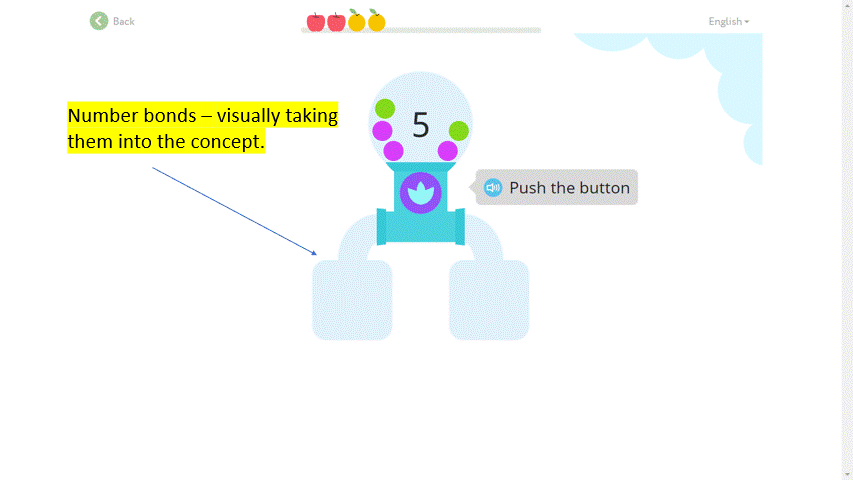
Further, let’s look into reporting dashboard:
Dashboard gives the functionality to extract reports with any frequency (daily, weekly, monthly or yearly). It has some interesting features that can not only give you a detailed activity report for the child but provide a summarized gap analysis too.
You can dig into the curriculum section and it includes a modulewise listing of common core goals/concepts covered. Below is an excerpt of how the reporting section sums up. HappyNumbers recommends weekly target- time of 45 mins/per week(time to use). However, one can adjust the weekly target for a child or the whole group by going to the Control Panel settings.
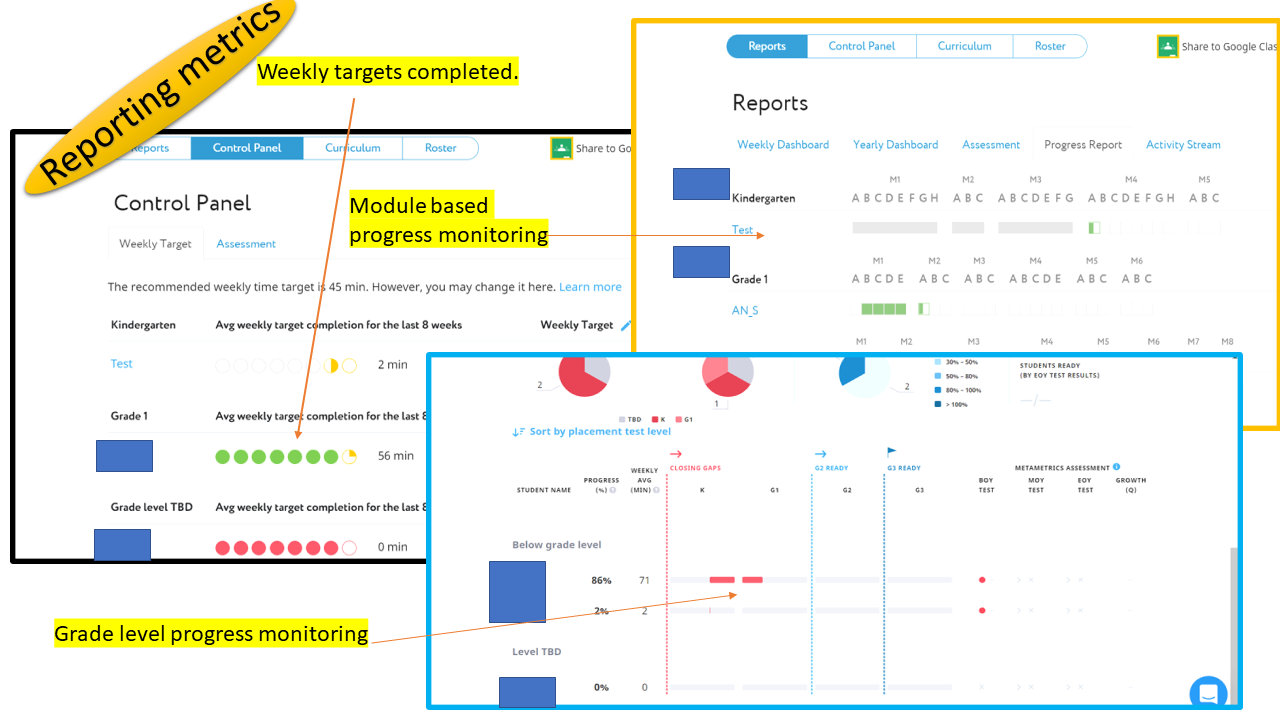
So here is what in my opinion HappyNumbers program has done well.
1. Each concept is meticulously broken down into visual and auditory directions.
2. As much as five repetitions on each task on an average. It continues to repeat until you get 4-5 correct answers to get you to the next task.
3. Robust reporting highlighting skill gaps and grade level competency.
4. It is common core aligned so if you are using this as a supplemental curriculum, it goes well with school standards that follow CC.
5. Less distraction and overload for a child with special needs, seems like a very good fit for someone with Autism, ADHD or any SLD.
6. The program progresses by scaffolding each concept, chronologically. First, let’s count to ten, then learn math facts up-to 10, then generalize them in different ways. Further introduce subtraction up to 10, then learn place value and numbers up to 20- so on!
Here is our progress on HappyNumbers(proof says it all)

What could be better?
I would have loved for them to include more written directions to tasks (e.g. numberline concepts), thus supporting kids with hyperlexia. The program would benefit to have an option to customize the repetitions(make them less or more). Would also love to have some opt-in custom practice lessons that one can pull out for more repetition/review, e.g. math facts practice etc.
Some more strategies that you can use to supplement this learning.
- Use relevant physical objects, such as counters, ten block charts, money when teaching math skills.
- Using task cards for hands on practice: Task cards break up a problem into small cards, one problem at a time.
Final thoughts:
As you can see my child has progressed and filled his gaps for a grade level and made further progress; benefitting from scaffolding strategies detailed here. Although he has diverse needs, he loves this practice time and does not seem to get overwhelmed. I do cement the learning further with 1:1 teaching, using manipulatives and pause for specific instruction. It has been a great addendum to his daily work. HappyNumbers program has incorporated differentiation both at the product and content level which can be used either in 1:1 or group settings based on how you want to differentiate at a process level. I would hence recommend you give it a try, if you are have a differently abled child or a struggling learner.

